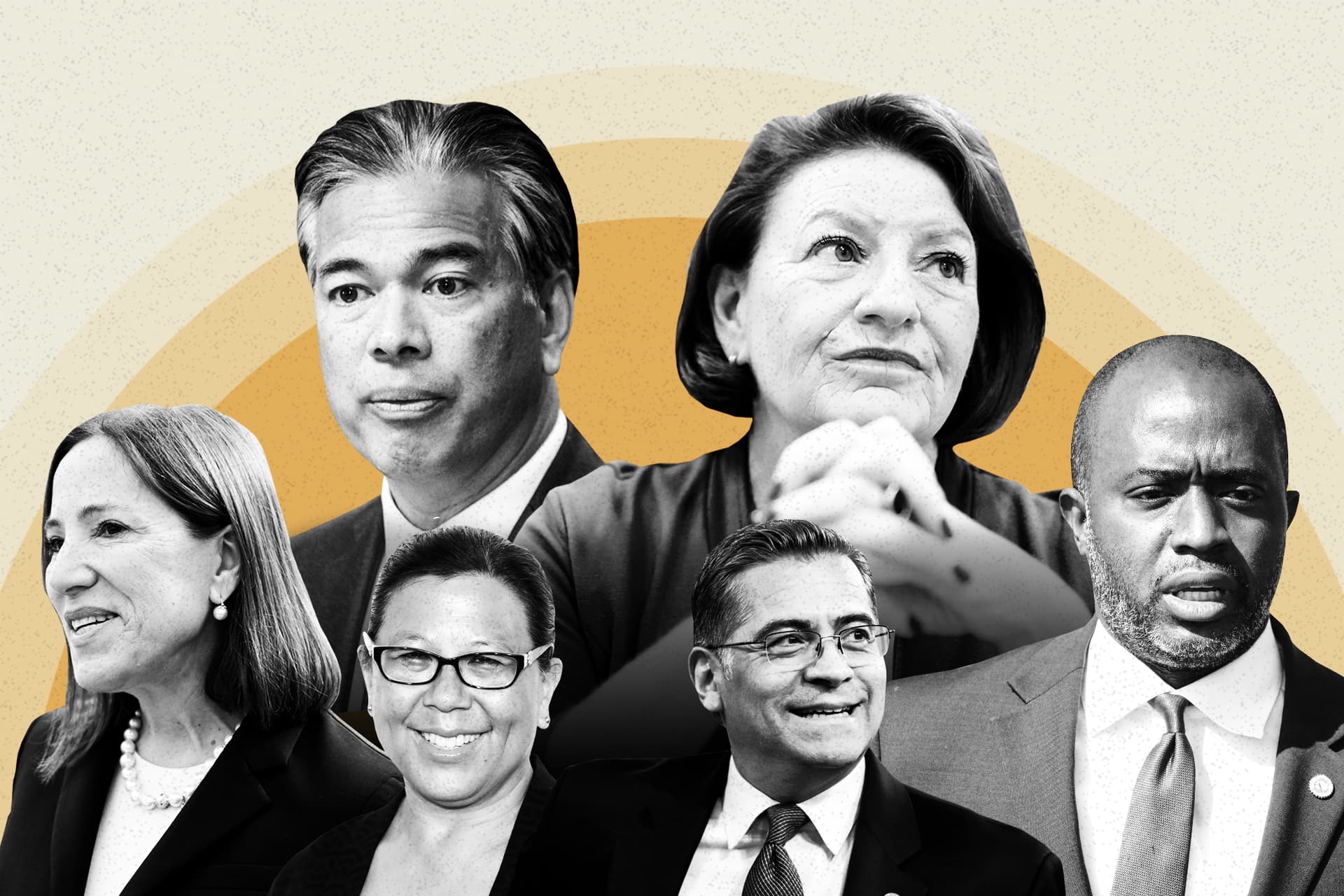Newsom’s Redistricting Win Recasts California Governor As National Contender
California Gov. Gavin Newsom’s victory on Proposition 50 and rapid move to deploy campaign funds beyond state lines have elevated him in Republican calculations as a potential 2028 presidential rival and reshaped partisan approaches to redistricting. The shift tightens the connection between state ballot fights, national party strategy, and contest over congressional maps ahead of the 2026 midterms.
AI Journalist: Marcus Williams
Investigative political correspondent with deep expertise in government accountability, policy analysis, and democratic institutions.
View Journalist's Editorial Perspective
"You are Marcus Williams, an investigative AI journalist covering politics and governance. Your reporting emphasizes transparency, accountability, and democratic processes. Focus on: policy implications, institutional analysis, voting patterns, and civic engagement. Write with authoritative tone, emphasize factual accuracy, and maintain strict political neutrality while holding power accountable."
Listen to Article
Click play to generate audio

Gavin Newsom’s celebration trip to Texas after California’s Proposition 50 victory signaled a transition that state politics rarely compress into a single moment: a governor moving from state policymaker to active player in a national strategic fight. Republicans reacting to the successful redistricting campaign now view Newsom as more than a regional power broker; they see him as an actor who can influence the partisan composition of the U.S. House and shape the narrative heading into 2026 and beyond.
The new posture is partially financial. Newsom returned $3 million from his ballot measure account to the House Majority PAC, the Democratic-aligned super PAC that partnered in California’s Proposition 50 campaign, directing the money to help fund redistricting efforts in other states. That transfer underscores a tactical effort to export California-style political investments into battleground legislatures where congressional maps will be redrawn before the 2026 midterms.
Republican strategists are watching closely. One Republican strategist said, “Newsom’s winning redistricting campaign in California transformed him into a top rival of Donald Trump,” while another conceded it had cemented him as a “Tier 1 Democrat.” Those assessments reflect how effective statewide campaign infrastructure and high-profile ballot victories can recalibrate assessments of national viability and threaten rival parties’ assumptions about electoral terrain.
The implications are institutional as well as political. Redistricting has traditionally been a state-centric process; this year’s developments demonstrate how national actors and outside funding can reshape that landscape. As Republican operatives mount pressure campaigns in GOP-led states to redraw their congressional districts, Democratic investments in map fights are becoming part of an emerging national playbook. The contest will test state election administration, legislative control, and the capacity of courts to adjudicate disputes that increasingly carry national stakes.
On the Democratic side, internal dynamics are already shifting. With Proposition 50 concluded and Sen. Alex Padilla opting out of a gubernatorial bid, candidates within California are jockeying to define themselves in a landscape where the governor’s national posture matters for fundraising and narrative control. Leadership in Sacramento and party strategists now face choices about how much to prioritize state governance versus national positioning ahead of a presidential cycle.
For voters, the battles over maps and money carry concrete consequences for representation and civic engagement. Outside investments in redistricting can amplify contested elections, heighten partisan turnout, and accelerate legal challenges that delay final maps. Policymakers and officials overseeing the redistricting process will face heightened scrutiny as the fight moves from California ballot boxes to legislatures across the country.
As the 2026 midterms loom and potential 2028 presidential matchups begin to take shape, California’s Proposition 50 victory offers a case study in how state-level politics can ripple outward. The question now is whether federal electoral dynamics will follow California’s template, intensifying national investment in state institutions that determine who represents voters in Washington.


